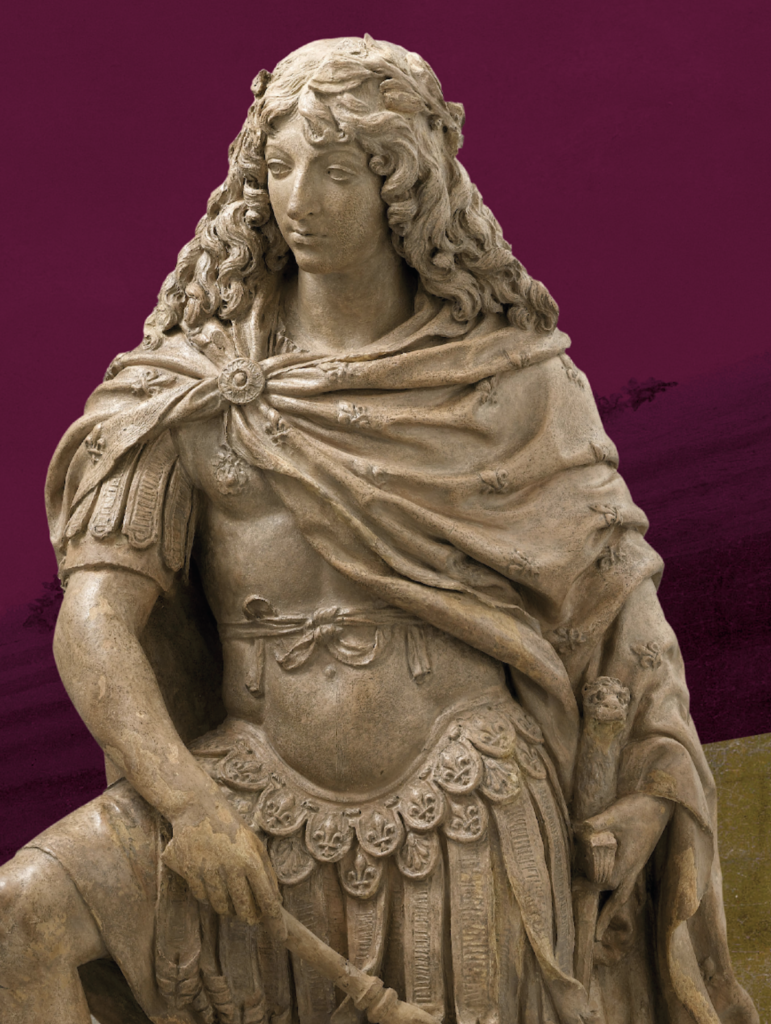In 1648, the Fronde broke out. This movement opposed the royal policy conducted by the regent Anne of Austria and her chief advisor, Cardinal Mazarin. It unfolded in two phases: first, the parliamentary Fronde, led by magistrates of the Paris Parlement and other provincial parliaments; then the prince’s Fronde, directed by the Prince of Condé.
Both phases sought to contest and obtain the dismissal of Mazarin, without ever questioning their obedience to the King. In reality, the cardinal pursued the policy of Louis XIII and Richelieu, aiming to strengthen royal authority while diminishing the power of the kingdom’s great nobles.
A skilled politician, Mazarin went into exile twice to ease tensions: first to Brühl (Cologne, Germany) in 1651, then to Bouillon in 1652. These were nominal exiles, as Mazarin maintained secret correspondence with the regent and the young Louis XIV, advising them on political strategy.
It was at this time that d’Artagnan came into the picture: having become a “gentleman of His Eminence” in 1646, one of Mazarin’s “creatures” (a non-pejorative term then used to describe a person devoted to his service), the Gascon chose the royalist side and served, along with others, as a secret messenger between the court and the exiled Mazarin. This man’s loyalty guaranteed his career in the following years.
Louis XIV (1638–1715)
Louis XIV was King of France from 1643 until his death in 1715. His reign, lasting 72 years, is the longest in French monarchical history.
Son of Louis XIII and Anne of Austria, he became King at just four years old after his father’s death. During his minority, power was exercised by his mother and Cardinal Mazarin, the kingdom’s chief minister. Louis’s youth was marked by the Fronde—the series of revolts by the nobility and the Paris Parlement—which caused him to develop a lasting mistrust of the great nobles.
Upon Mazarin’s death in 1661 Louis assumed full control of power without appointing a prime minister, thus affirming his determination to govern alone.





 dernier accès à la billetterie 1 heure avant la fermeture (afin de vous laisser un temps de visite confortable).
dernier accès à la billetterie 1 heure avant la fermeture (afin de vous laisser un temps de visite confortable).